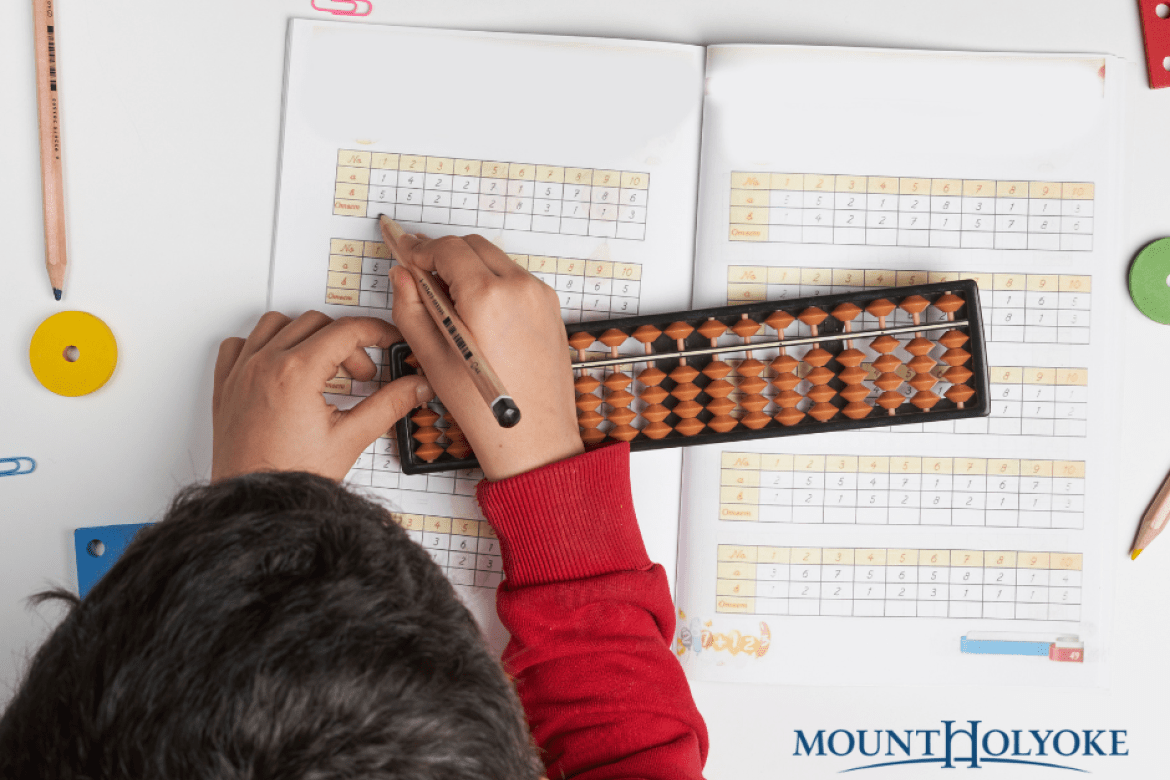Fluency: Let’s Get Accurate

Naomi Dupre-Edelman, assistant director of math leadership programs at Mount Holyoke College, discusses the first component of math fluency: accuracy.
When it comes to fluency in basic math facts, accuracy and automaticity are typically the ultimate goals. We want students to be able to get the correct answers and to recall the facts correctly — all in less than three seconds.
The Accuracy Myth
A myth that I want to dispel is that accuracy = memorization. These are not the same thing. Accuracy requires students to use the most efficient strategy they know or to recall the relevant fact quickly after a lot of practice and making sense of numbers (Bay-Williams, et al. 2023). This starts as early as kindergarten, where students begin to understand one more and one less, and continues to build as they move through the grades and make sense of operations.
Accuracy can be acquired through games, repeated practice, verbal or written explanations and many other ways — not just memorization.
How Do We Do It?
So, how can we engage students in improving their accuracy with intention? And how do we incorporate this into our already jam-packed days? The reality is that you’re probably already doing many things in your classroom to help students engage with improving their accuracy. Let’s look at three things you can introduce — or perhaps approach in a fresh way — to improve students’ accuracy with basic math facts without the need for memorization:
- Self-Correcting Games
a. Self-correcting games allow students the opportunity to notice if their answer is accurate or not. These can include games such as Salute or Erase from Jennifer-Bay Williams’ book “Math Fact Fluency.” Students can also use the bead rack to check their answers during any game, activity or practice of their math facts. They should attempt the problem first and then build it with the tool. This allows them to see the problem concretely and correct any error they may have made. - Metacognitive Questioning
a. Asking students to reason and explain their thoughts on whether a problem is accurate or not helps them not only to identify their own mistakes but also to think deeply about the why or why not of their errors. This builds a stronger number sense and can increase accuracy in mathematical problem-solving, among other things, such as improving mathematical discourse skills.
b. Students can also routinely ask themselves, “Does this answer make sense?” and “How do I know, or how can I prove it?” - Explicit Strategy Instruction and Practice
a. This involves providing explicit instruction on strategies (for example, saying “7 + 8 is the same as 7 + 7 plus 1 more” when adopting the “doubles plus one” strategy) linked to concrete representations on aids such as frames and bead racks. This supports students in seeing how the strategy can be generalized. With explicit instruction, frequently providing time for students to engage with and practice these strategies is important.
Keep in mind that this is not about explicitly teaching these strategies in isolation without any practice or application to conceptual understanding. Rather, provide time to learn about the strategy, explore it and practice it as a way to help students become more accurate in their ability to recall basic math facts (Bay-Williams, et al. 2023).
Accuracy Doesn’t Stand Alone
While accuracy is an important facet of math fact fluency, it doesn’t stand alone. Even when we consider the three strategies listed above to support accuracy, we can infer that flexibility and efficiency are also important in helping students become fluent and automatic in their basic math facts.
I’m excited to continue sharing what I’ve learned and look forward to telling you more about it in the coming weeks.